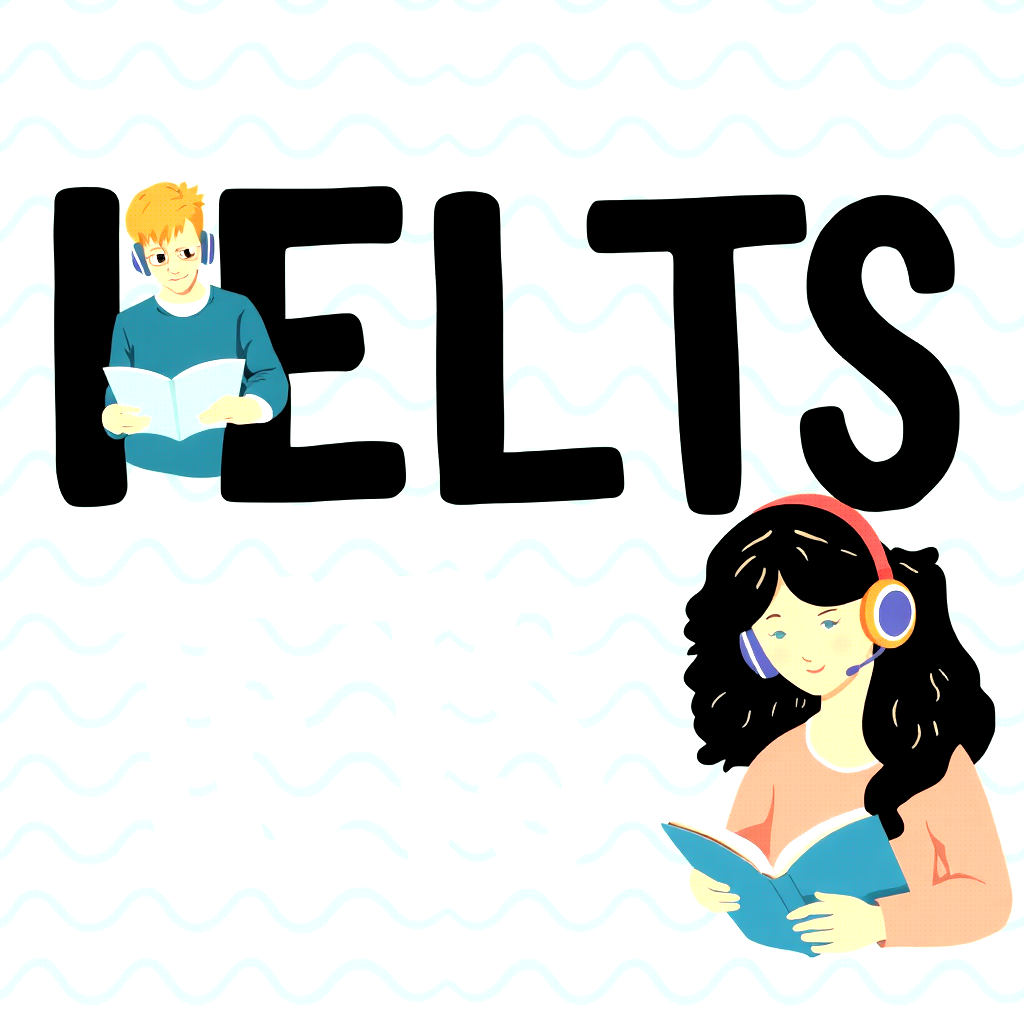Overview of TOEFL iBT Test
What is the TOEFL iBT Test?
The TOEFL iBT (Test of English as a Foreign Language Internet-Based Test) is a standardized assessment that evaluates the English language proficiency of non-native speakers. It is widely recognized and accepted by universities and institutions around the world. This test measures four core skills: reading, listening, speaking, and writing, providing a comprehensive assessment of a test taker’s ability to use and understand English in an academic setting.
Purpose and Importance of the TOEFL iBT Test
Understanding the purpose of the TOEFL iBT Test is essential for prospective students. Here’s why it’s important:
- University Requirements: Many institutions require TOEFL scores for admission to ensure students can succeed in their academic programs.
- Global Opportunities: The test opens doors to studying or working abroad, enhancing career prospects.
- Scholarship Eligibility: High scores can pave the way for scholarship opportunities.
In my journey, preparing for the TOEFL iBT not only strengthened my language skills but also boosted my confidence, making the dream of studying abroad a reality.
Test Format and Sections
Structure of the TOEFL iBT Test
The TOEFL iBT Test is structured in a way that comprehensively evaluates your English language skills. It comprises four sections: reading, listening, speaking, and writing, with a total test duration of around 3 hours. Each section is designed to assess specific competencies essential for academic success.
Detailed Breakdown of Reading Section
The reading section consists of 3-4 academic passages, totaling around 700 words each. Test-takers have 54-72 minutes to read the texts and answer comprehension questions, developing skills necessary for university-level reading.
- Question Types: Multiple-choice, reordering, and fill-in-the-blank.
Having experienced this first-hand, I found that practicing summarization techniques greatly improved my understanding of complex texts.
Detailed Breakdown of Listening Section
In the listening section, candidates engage with 4-6 lectures and conversations, accumulating approximately 60-90 minutes in total. This part assesses how well one can comprehend spoken English in an academic environment.
- Listening Strategies: Note-taking and identifying key themes made a significant difference in my listening comprehension.
Detailed Breakdown of Speaking Section
The speaking section, lasting about 17 minutes, involves six tasks where test takers express their thoughts on given topics and respond to prompts. It’s crucial for demonstrating spontaneous language use.
- Task Structure: Includes independent and integrated tasks; practicing speaking clearly can boost your score.
Detailed Breakdown of Writing Section
Finally, the writing section lasts 50 minutes and consists of two tasks: one integrated task requiring a summary of reading and listening materials, and another independent task allowing for personal opinions.
- Effective Writing Tips: Organizing ideas and crafting clear arguments will enhance performance in this section, just as I learned through multiple revisions of my essays.
In my preparation journey, familiarizing myself with these sections helped build my fluency and confidence.
Scoring and Results
Understanding TOEFL iBT Scoring System
The TOEFL iBT utilizes a scoring range from 0 to 120, combining individual scores from each section—reading, listening, speaking, and writing. Each section is rated out of 30, allowing for a clear understanding of strengths and areas for improvement.
- Score Breakdown: Each skill is evaluated based on various criteria, such as coherence in writing and fluency in speaking.
During my preparation, examining sample scored responses helped me grasp what evaluators look for.
Interpreting TOEFL iBT Scores
Interpreting your scores is crucial in knowing where you stand. Generally, a score of 90-100 is considered suitable for many institutions, while higher scores, like 110 and above, may grant admission to top universities.
- Score Comparison: It’s beneficial to research specific score requirements by institution, as they can vary significantly.
I remember feeling relieved when I secured an above-average score that met my target schools’ criteria.
Receiving and Sending Scores
Test-takers can access their scores online approximately 6 days after the test date. To send scores to institutions, simply specify the recipients during registration or afterward for a small fee.
- Score Validity: Remember that TOEFL scores are typically valid for two years, so plan accordingly.
Having these insights in mind greatly assisted me in managing the post-test process and ensuring my scores reached the right places on time.
Registration and Test Preparation
How to Register for the TOEFL iBT Test
Registering for the TOEFL iBT is a straightforward process that can be done online through the official ETS website. Here’s how:
- Create an Account: Set up a profile with your details.
- Select Date and Location: Choose your preferred test center and date.
- Payment: Complete the registration fee payment to confirm your spot.
I recall feeling a mix of excitement and nervousness as I finalized my registration.
Test Dates and Locations
The TOEFL iBT is offered multiple times throughout the year in various locations worldwide. It’s essential to check the website for:
- Availability: Some locations may fill up quickly, so early registration is advisable.
- Regional Considerations: Depending on where you live, test days may vary.
Knowing this helped me plan my study schedule around the test date effectively.
Tips for Successful Test Preparation
Preparing for the TOEFL iBT can seem daunting, but a strategic approach can simplify the process:
- Set a Study Schedule: Dedicate daily time blocks for each section.
- Practice Under Test Conditions: Simulating the test environment boosted my confidence.
In my case, those few practice sessions drastically improved my timing and comfort level.
Recommended Resources and Practice Materials
Utilizing the right resources is crucial. Here are some effective tools:
- Official TOEFL Prep Books: The ETS materials provide real questions and formats.
- Online Courses and Apps: Many platforms offer tailored practice and feedback.
- Study Groups: Joining a study group can provide motivation and diverse perspectives.
Drawing from my experience, these resources formed the backbone of my successful preparation journey.
Test Day Experience
What to Expect on Test Day
On the day of the TOEFL iBT, it’s normal to feel a mix of excitement and anxiety. Arriving at the test center, candidates can expect a calm, organized environment where fellow test-takers share the same goals.
- Arrival Time: Aim to arrive at least 30 minutes early to complete check-in procedures.
- What to Bring: Valid ID, confirmation email, and any allowable personal items.
I remember my anticipation building as I got closer to the testing room!
Test Center Procedures
Once at the test center, the check-in process is straightforward:
- ID Verification: Present your identification for verification.
- Security Checks: Expect your belongings to be secured; only specific items may be in the testing area.
- Computer Setup: You’ll be assigned a computer, and a friendly proctor will guide you through the initial setup.
This procedure reassured me that everything was in place for a smooth testing experience.
Test-Taking Tips and Strategies
As the test begins, keeping a few strategies in mind can enhance performance:
- Pacing Yourself: Manage time wisely across all sections—this was crucial for me.
- Stay Calm: If you encounter difficult questions, take a deep breath and move on temporarily.
- Practice Effective Note-Taking: For listening sections, jot down key points quickly.
These strategies not only helped me stay focused but also improved my overall confidence on test day.
Conclusion and Next Steps
Summary of Key Points
As we wrap up our journey through the TOEFL iBT, it’s clear that proper preparation is key. From understanding the test format and sections to navigating the scores and registration process, each element plays a crucial role in success. Remember:
- Familiarization with each test section.
- Effective study strategies and resources.
- Staying composed and focused on test day.
Reflecting on my own trek, these foundational elements significantly helped me achieve my goals.
Next Steps After Completing the TOEFL iBT Test
Once you’ve completed the TOEFL iBT, there are vital next steps to undertake:
- Review Your Scores: Take time to assess your results in context of your goals.
- Send Scores to Institutions: Make sure to send your scores to required universities for admission.
- Plan for the Future: Whether it’s applying to schools or focusing on other language skills, stay proactive.
My decision to meticulously plan my next steps opened new doors, ultimately leading me to the academic opportunities I had always dreamed of.





